How To Mulch Tomato Plants For Bigger Better Harvests
Title: How to Mulch Tomato Plants for Bigger Better Harvests
Introduction:
Tomatoes are one of the most popular vegetables to grow in home gardens. They are relatively easy to care for, but there are a few things you can do to ensure a bountiful harvest. One of the most important things you can do is mulch your tomato plants. Mulching around tomato plants has many benefits, including:
- Retaining moisture in the soil. Mulch helps to prevent the soil from drying out, which is especially important during hot, dry weather. This can help to reduce the amount of time you need to water your tomato plants.
- Suppressing weed growth. Mulch creates a barrier that prevents weeds from growing around your tomato plants. This can save you time and effort weeding, and it can also help to protect your tomato plants from diseases that can be spread by weeds.
- Improving drainage. Mulch can help to improve drainage by absorbing excess water and preventing it from pooling around the roots of your tomato plants. This can help to prevent root rot and other diseases.
- Aerating the soil. Mulch helps to aerate the soil by providing a layer of organic matter that helps to break down and loosen the soil. This can help to improve the overall health of your tomato plants.
Main Content:
There are a few different types of mulch that you can use around tomato plants. Some popular options include:
- Wood chips. Wood chips are a good choice for mulching tomato plants because they are relatively inexpensive and easy to find. They also break down quickly, which helps to improve the soil quality.
- Pine needles. Pine needles are another good option for mulching tomato plants. They are acidic, which can help to prevent the growth of certain types of mold and mildew.
- Straw. Straw is a good choice for mulching tomato plants if you are concerned about weed growth. It is a thick, dense material that can help to keep weeds out.
- Compost. Compost is a great choice for mulching tomato plants because it is rich in nutrients. It can help to improve the overall health of your tomato plants and promote fruit production.
No matter what type of mulch you choose, it is important to apply it correctly. The mulch should be spread around the base of your tomato plants, leaving about 2 inches of space between the mulch and the stems of the plants. The mulch should be at least 2 inches thick.
You should mulch your tomato plants after they have been planted and have started to grow. You should reapply the mulch as needed throughout the growing season.
Conclusion:
Mulching tomato plants is a simple way to improve your chances of a bountiful harvest. By following the tips in this blog post, you can ensure that your tomato plants have the moisture, nutrients, and protection they need to thrive.
Mulching tomato plants is a great way to improve their health and productivity. Mulch helps to retain moisture in the soil, suppress weeds, and protect the plants from pests and diseases. It also helps to improve the soil structure over time.
There are many different types of mulch that can be used for tomato plants. Some popular options include straw, wood chips, bark, and compost. The best type of mulch for your plants will depend on the climate in your area and the type of soil you have.
To mulch tomato plants, simply spread a layer of mulch around the base of the plants, being careful to keep it away from the stems. The thickness of the mulch layer will depend on the type of mulch you are using. For most types of mulch, a layer 2-3 inches thick is sufficient.
Mulching tomato plants is a relatively simple task that can have a big impact on their health and productivity. For more information about mulching tomato plants, please visit Home Gardening.
FAQ of mulching tomato plants
- What is mulching?
Mulching is the practice of adding a layer of organic material to the soil around plants. This material can help to suppress weeds, retain moisture, and improve soil fertility.
- When should I mulch my tomato plants?
The best time to mulch tomato plants is in the spring, after the soil has warmed up and the plants have been established. You can also mulch tomato plants in the fall, after the harvest.
- What type of mulch should I use for tomato plants?
There are many different types of mulch that you can use for tomato plants, including:
* Straw
* Wood chips
* Bark mulch
* Compost
* Newspaper
* Cardboard
The best type of mulch for your tomato plants will depend on your climate and personal preferences. For example, if you live in an area with hot summers, you may want to use a mulch that will help to retain moisture, such as straw or compost. If you live in an area with cold winters, you may want to use a mulch that will help to insulate the soil, such as wood chips or bark mulch.
- How much mulch should I use for tomato plants?
The amount of mulch you need to use will depend on the size of your tomato plants and the type of mulch you are using. In general, you should spread a layer of mulch that is 2-4 inches thick around your tomato plants.
- How do I water my tomato plants after I mulch them?
After you mulch your tomato plants, you should water them thoroughly. This will help to settle the mulch and ensure that it is in contact with the soil. You should continue to water your tomato plants regularly, especially during hot, dry weather.
- What are the benefits of mulching tomato plants?
Mulching tomato plants offers a number of benefits, including:
* Suppressing weeds
* Retaining moisture
* Improving soil fertility
* Reducing soil erosion
* Regulating soil temperature
* Protecting tomato plants from pests and diseases
- Are there any risks associated with mulching tomato plants?
There are a few potential risks associated with mulching tomato plants, including:
* Mulch can attract pests and rodents.
* Mulch can harbor diseases.
* Mulch can keep the soil too moist, which can lead to root rot.
To minimize these risks, it is important to choose the right type of mulch, apply it correctly, and remove any old or decaying mulch.
- Is there anything else I need to know about mulching tomato plants?
Yes, here are a few additional tips for mulching tomato plants:
* Avoid using mulch that is too wet or too dry.
* Keep the mulch away from the tomato plant's stems and leaves.
* Repleach old or decaying mulch every year.
* Mulch can be a great way to improve the health and productivity of your tomato plants. By following these tips, you can ensure that your tomato plants are getting the most out of mulching.
Image of mulching tomato plants
10 different images of mulching tomato plants that are free to use:
- Wood chips are a popular mulch for tomato plants because they help to retain moisture, suppress weeds, and improve drainage.
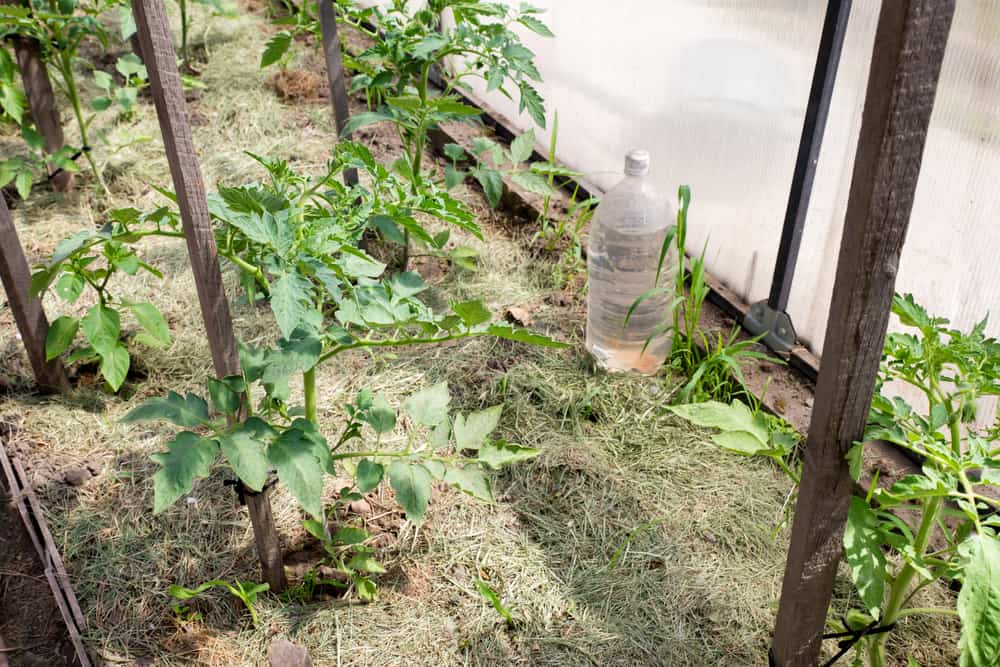
- Peat moss is another good option for mulching tomato plants. It helps to retain moisture, add nutrients to the soil, and suppress weeds.
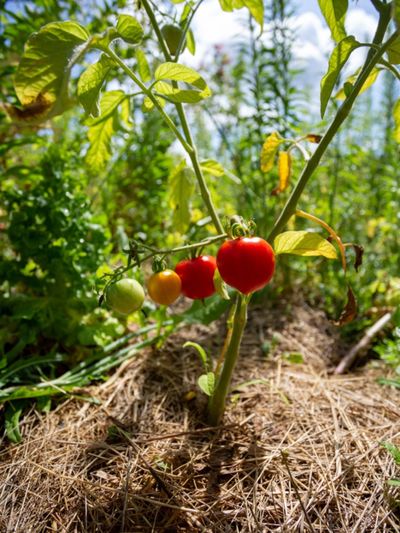
- Straw is a natural mulch that helps to retain moisture and suppress weeds. It is also a good choice for organic gardening.

- Shredded bark is a decorative mulch that helps to retain moisture and suppress weeds. It is also a good choice for areas with heavy foot traffic.
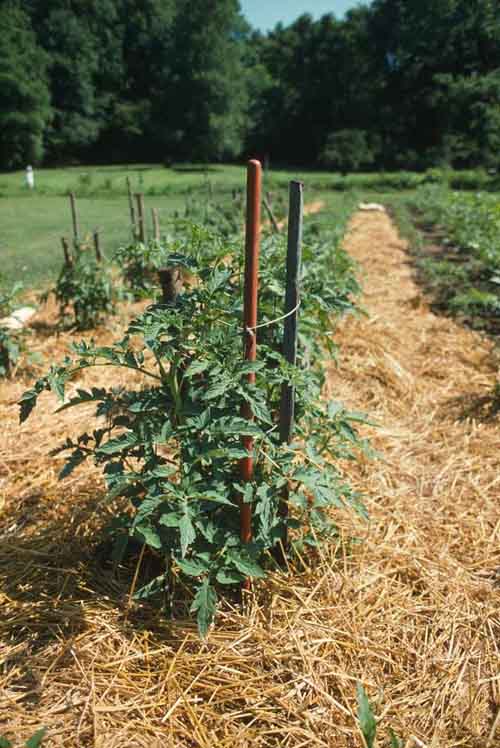
- Gravel is a heat-retaining mulch that can help to protect tomato plants from frost. It is also a good choice for areas with heavy foot traffic.

- Paper mulch is a biodegradable mulch that helps to retain moisture and suppress weeds. It is also a good choice for areas with heavy foot traffic.
- Compost is a nutrient-rich mulch that helps to improve the soil quality. It is also a good choice for organic gardening.
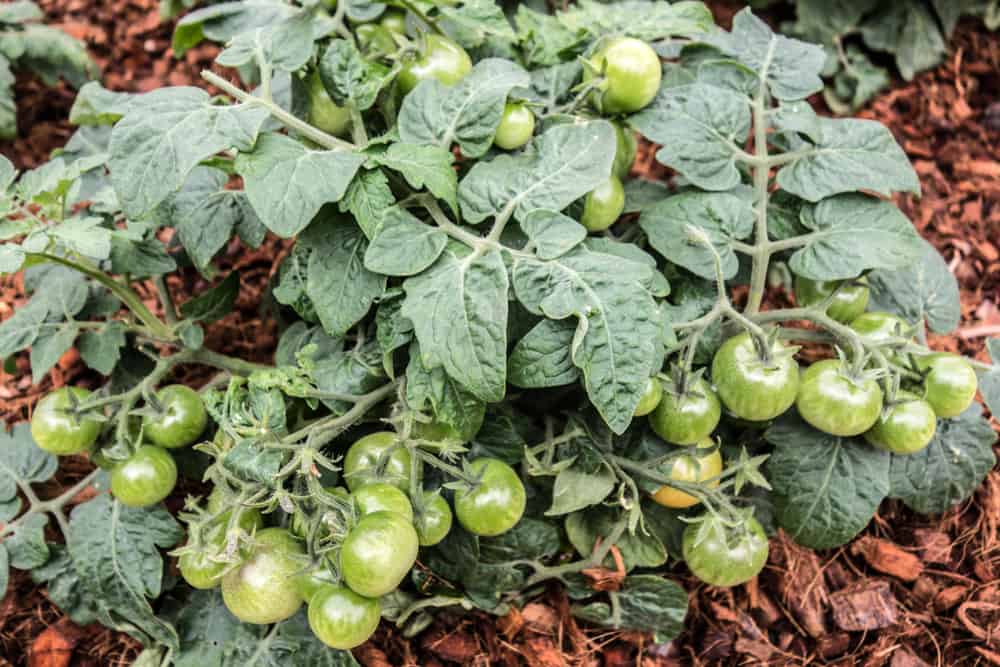
- Coffee grounds are a natural mulch that helps to retain moisture and suppress weeds. They also add nitrogen to the soil.
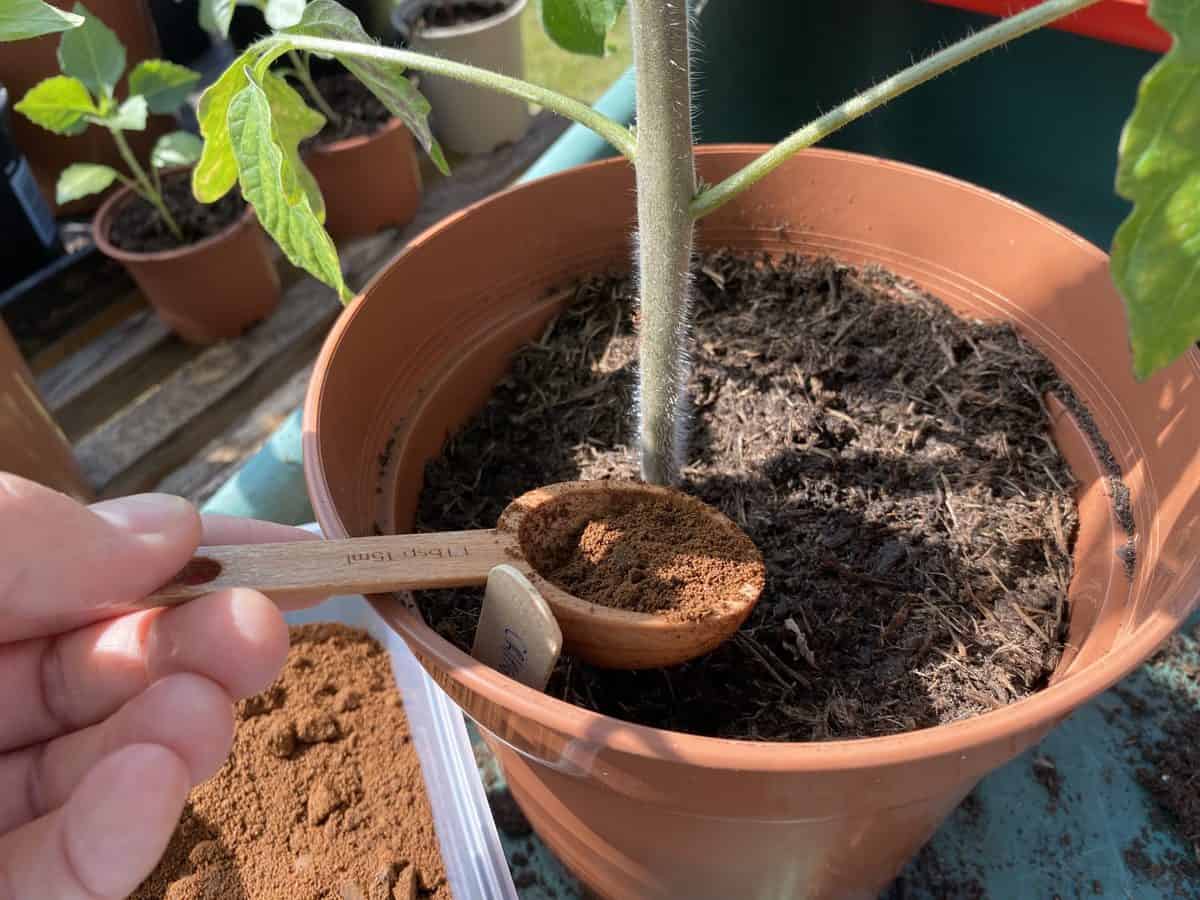
- Eggshells are a natural mulch that helps to retain moisture and suppress weeds. They also add calcium to the soil.
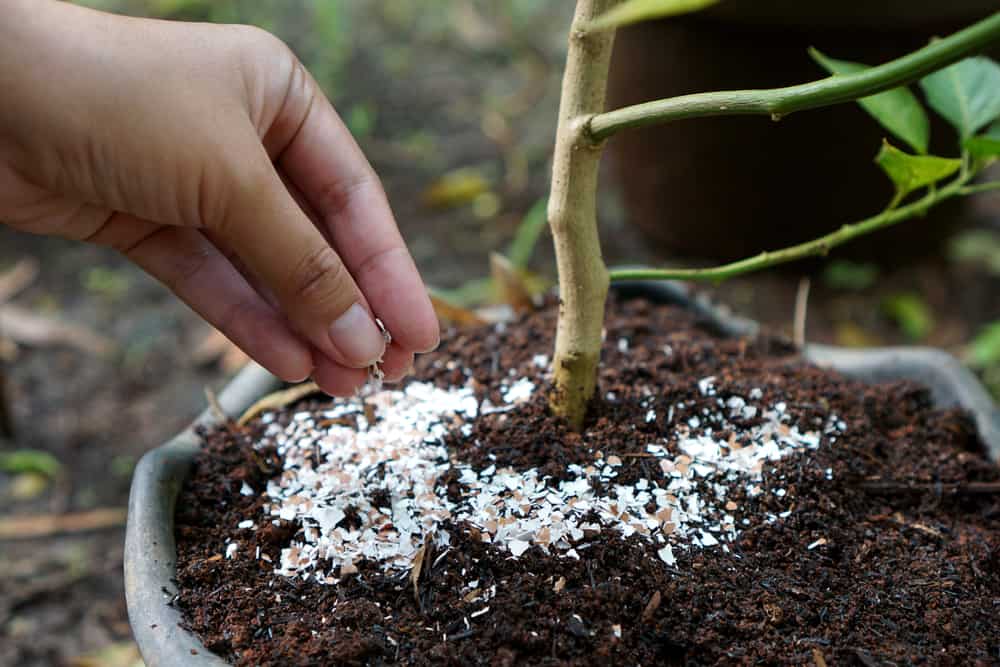
- Sawdust is a natural mulch that helps to retain moisture and suppress weeds. It is also a good choice for areas with heavy foot traffic.

Post a Comment for "How To Mulch Tomato Plants For Bigger Better Harvests"